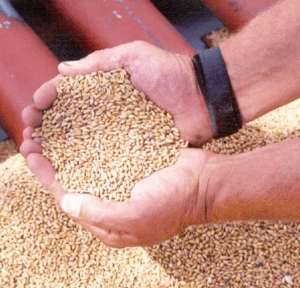Exploiting Romania"s farming potential could bring a significant contribution to the growth of the economy, as agriculture, forestry and fish farming account for approximately 6% of the GDP (PIB), according to recent data from the Ministry of Agriculture and Rural Development (MADR). By comparison, in EU member states these sectors account for 1.7% of the GDP. However, Romania does not have enough funds to subsidize this sector, as the elimination of subsidies landed an additional blow to Romania"s agriculture. Under these circumstances, the recovery of this economic sector, which is so sorely needed, seems increasingly difficult to accomplish.
Foreign investors acknowledge the significant potential of Romania"s agriculture, as illustrated by the arable land per capita ratio. According to the latest data by the Ministry of Agriculture and Rural Development, at the end of 2007, every citizen had a surface of 0.42 hectares of arable land, a value higher than that of many European countries, and nearly double compared to the European average of 0.23 hectares per capita.
By entering the European Union, Romania has made a commitment to adapt its agriculture and the rural development policy to successfully integrate the internal market of the EU and to adopt the Joint Agricultural Policy (PAC). According to the accession to the Ministry, the accession to the EU is the factor which will put the most pressure on Romania to reform this sector, but Romania"s budget does not have the necessary resources for major investments in agriculture. In this context, Romania is eligible to receive EUR 12.3 billion Euros (in addition to the funds allocated for the 2007-2013 period) for agriculture, fish farming and social development projects, as the funds are available from the European Agricultural Fund for Rural Development (EAFRD) and the Agricultural Fishing Fund (EFF), intended to support the Romanian agriculture, which the state isn"t capable of doing at the moment.

















































